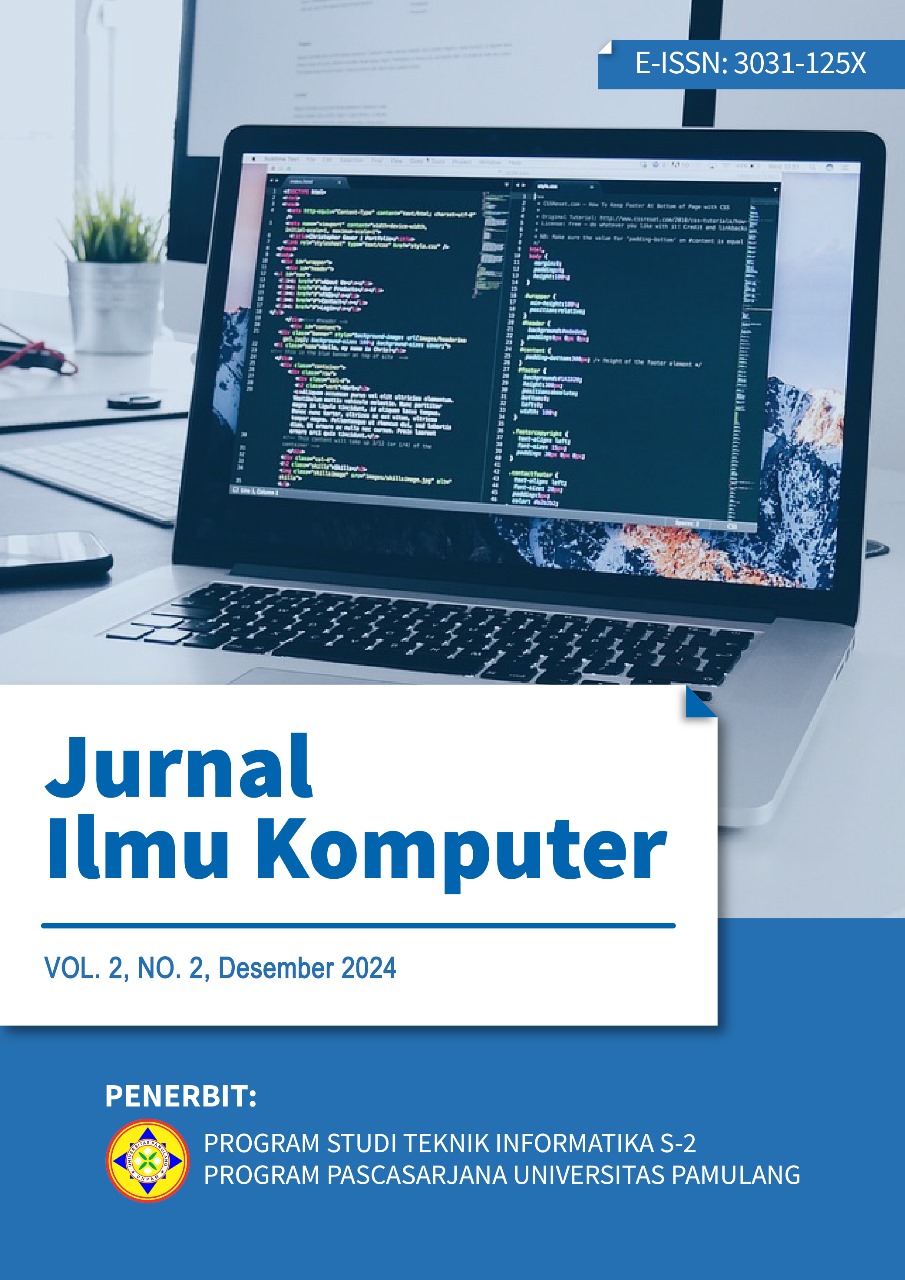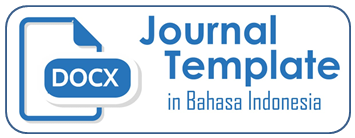Analisis Kuantitatif Dampak Endorsement Politik Terhadap Tingkat Elektabilitas Pada Pilkada Serentak 2024
Keywords:
political endorsement, Pearson correlation, popularity, electability, OrangeAbstract
Simultaneous Regional Head Elections (Pilkada) in Indonesia took place on November 27 2024, covering 545 regions, including 37 provinces, 415 districts and 93 cities. Voter turnout reached an average of 71% nationally, reflecting public enthusiasm for the political process. This research also highlights the phenomenon of political endorsements from national figures which have proven effective in increasing candidate electability. To explore the phenomenon of political endorsement, this research uses Google News as a tool to collect and analyze relevant online news. The results of the analysis show that there is a significant correlation between the candidate's level of popularity and electability level, with a correlation value of 0.757. Apart from that, the level of positive sentiment towards candidate pairs also shows a strong correlation (0.74) with electability, indicating that candidates with high popularity and positive sentiment tend to have better electability. However, this research found that the number of political endorsements had a stronger influence on candidate electability, with a correlation value of 0.758. This shows that political endorsement can be a more significant determining factor in increasing electability compared to just relying on popularity or positive sentiment. This research provides important insights into the role of political endorsements as an effective strategy in increasing voter support for certain candidates.
References
[1] C. Garthwaite and T. J. Moore, “Can celebrity endorsements affect political outcomes? evidence from the 2008 US democratic presidential primary,” J Law Econ Organ, vol. 29, no. 2, pp. 355–384, Apr. 2013, doi: 10.1093/jleo/ewr031.
[2] D. N. Hopmann, R. Vliegenthart, C. de Vreese, and E. Albæk, “Effects of election news coverage: How visibility and tone influence party choice,” Polit Commun, vol. 27, no. 4, pp. 389–405, Oct. 2010, doi: 10.1080/10584609.2010.516798.
[3] A. Chakraborty and P. Ghosh, “Character endorsements and electoral competition,” Am Econ J Microecon, vol. 8, no. 2, pp. 277–310, May 2016, doi: 10.1257/mic.20140241.
[4] N. E.-K. Hasibuan, U. F. Sidabalok, R. Afandi, and M. Manurung, “PENGARUH MEDIA SOSIAL TERHADAP ELEKTABILITAS BAKAL CALON PRESIDEN DAN WAKIL PRESIDEN,” Jurnal Terapung : Ilmu - Ilmu Sosial, vol. 6, no. 1, p. 14, Mar. 2024, doi: 10.31602/jt.v6i1.13323.
[5] K. Friedrich and C. Nitsch, “Celebrity Political Endorsement and Young Voters in Europe: A Five-Country Comparison on Celebrity Support Effectiveness in the European Elections,” 2019. [Online]. Available: http://ijoc.org.
[6] J. K. Kazadi, “Predicting election results: An improved popularity index *,” 2023. [Online]. Available: https://ssrn.com/abstract=4646666
[7] Y. Putra Timur, R. Tri Ratnasari, T. Saipul Hadi, and D. Permata Sari, “WHAT DO INDONESIAN NETIZENS THINK ABOUT THE E-MONEY? : A SENTIMENT ANALYSIS WITH MACHINE LEARNING,” 2023. [Online]. Available: www.jraba.org
[8] B. Carter, “The Working Class and the Poverty of Electoral Strategy,” 2021, Liverpool University Press. doi: 10.3828/hsir.2021.42.7.
[9] T. Kousser, S. L. San, F. Magazine, S. Masket, and E. Mcghee, “Kingmakers or Cheerleaders? Party Power and the Causal Effects of Endorsements,” 2013.
[10] R. S. Alhaimer, “Unveiling the digital persona image: the influence of social media on political candidates’ brand personality and voter behaviour in Kuwait,” Humanit Soc Sci Commun, vol. 10, no. 1, Dec. 2023, doi: 10.1057/s41599-023-02420-4.
[11] H. N. Chaudhry et al., “Sentiment analysis of before and after elections: Twitter data of U.S. election 2020,” Electronics (Switzerland), vol. 10, no. 17, Sep. 2021, doi: 10.3390/electronics10172082.
[12] K. Dos Santos Brito, S. R. De Lemos Meira, and P. J. L. Adeodato, “Correlations of social media performance and electoral results in Brazilian presidential elections,” Information Polity, vol. 26, no. 4, pp. 417–439, 2021, doi: 10.3233/IP-210315.
[13] M. Hu and B. Liu, “Mining Opinion Features in Customer Reviews,” 2004. [Online]. Available: www.aaai.org
Downloads
Published
Issue
Section
License
Copyright (c) 2025 Doni Fristiyanto, Makhsun

This work is licensed under a Creative Commons Attribution-ShareAlike 4.0 International License.



